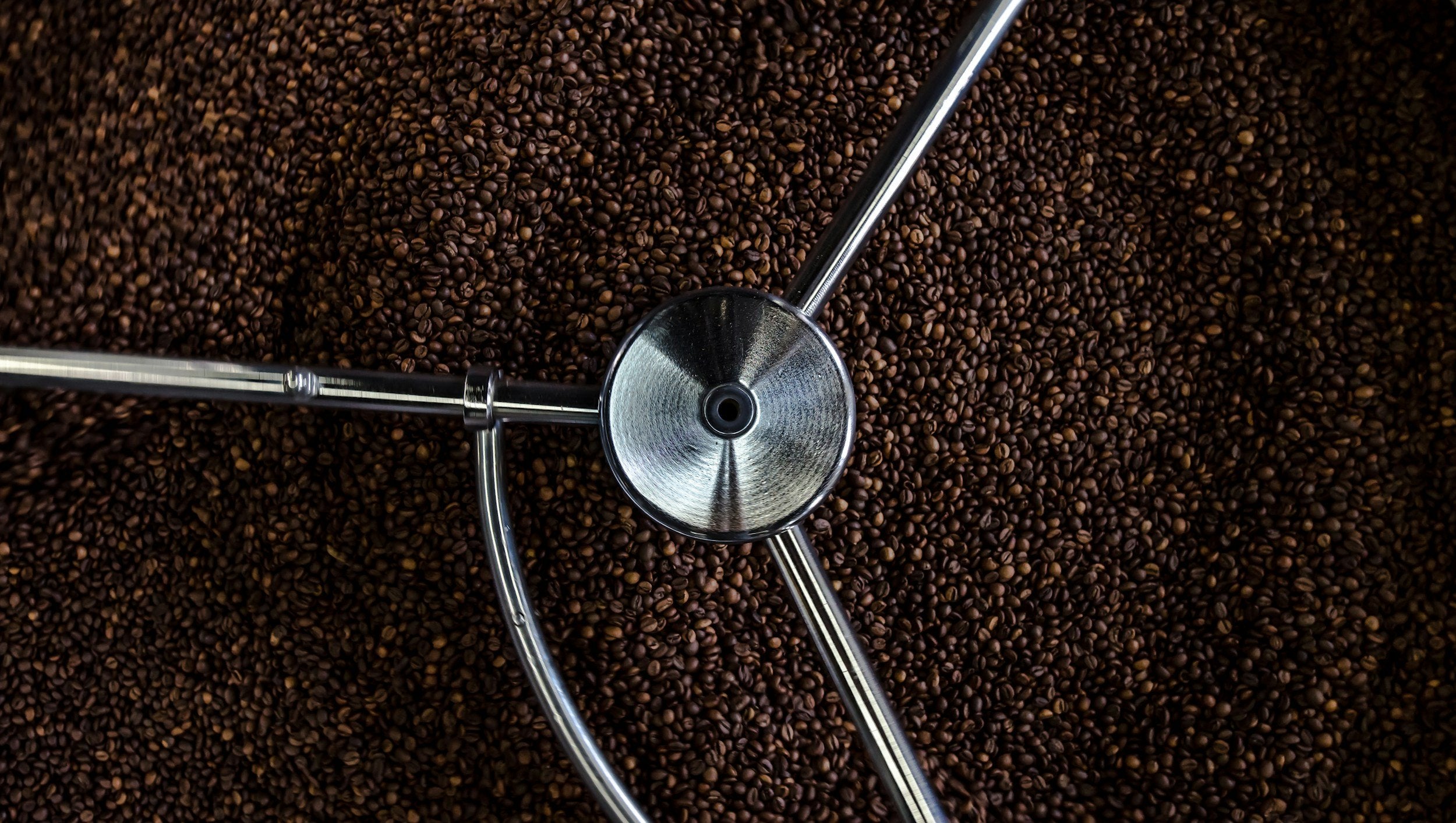
What Is the Difference Between Peruvian Single Origin and Coffee Blends
When shopping for coffee, you have likely seen terms like single origin and blend on the label. These terms might seem simple, but they carry a lot of meaning. They shape the flavor of the coffee, how it was sourced, and what kind of experience you can expect in the cup.
In the world of specialty coffee, Peruvian single origin beans have developed a strong reputation for clarity and smoothness. At the same time, blends remain popular for their consistency and balance. But how do you choose between them? What does each offer, and when should you reach for one over the other?
This guide will break down the key differences between Peruvian single origin coffees and blended coffees. By the end, you will have a better understanding of which option fits your preferences and how to make the most of each.
What Does Single Origin Mean
Single origin coffee refers to beans that come from one country, one region, or sometimes even a single farm or cooperative. In the case of Peruvian coffee, a single origin might be sourced entirely from a high-altitude farm in Cajamarca or a collective of growers in San Martín.
Because the beans are not mixed with others from different places, single origin coffee offers a unique window into the terroir of its origin. You get to taste the specific climate, soil and altitude conditions that shaped the coffee crop. This makes single origin coffees highly prized for their distinct and traceable flavor profiles.
What Is a Coffee Blend
A coffee blend is a combination of beans from multiple origins. These could come from different countries like Brazil and Colombia, or from different regions within one country. The goal of a blend is usually consistency, balance and a signature taste that remains the same with every batch.
Roasters often create blends to bring together the best qualities of multiple beans. For example, they may use a rich chocolatey base from Guatemala and add a touch of fruitiness from Ethiopia. The result is a rounded cup that appeals to a broad audience and works well in milk-based drinks.
What Makes Peruvian Single Origin Stand Out
Peruvian single origin coffee stands out for a few reasons. First, the country has exceptional growing conditions. High elevations, fertile soil and cool climates allow the coffee cherries to ripen slowly, leading to more complex sugars and acids.
Most Peruvian specialty coffee is washed processed, which enhances clarity and brightness. This means that the final cup is clean, lightly acidic and often features notes of citrus, nuts and milk chocolate. These characteristics make Peruvian single origin coffee ideal for black coffee lovers and manual brewing methods like pour over or AeroPress.
When you drink a Peruvian single origin, you are tasting a story from one specific place. That connection to origin is what makes the experience feel more personal and unique.
When Are Blends a Better Choice
Blends are not inferior to single origin coffees. They simply serve a different purpose. Blends offer consistency. If you find a blend you love, you can expect it to taste the same every time you buy it. That is especially valuable in cafes or for people who use drip machines and want a reliable cup each morning.
Blends are also often crafted with specific uses in mind. For example, a blend designed for espresso may include a Brazilian bean for body, a Colombian for brightness and a touch of Indonesian for earthiness. The final product is rich and creamy, perfect for milk drinks like lattes or cappuccinos.
Blends tend to be more forgiving to brew. If you slightly over extract or under extract, the flavor remains stable. This is because the flavor profile is designed to be balanced and approachable.
How Do Prices Compare
Peruvian single origin coffees can be slightly more expensive than blends, especially if they come from small farms with traceable lots. The added cost supports sustainable farming practices, better wages and higher quality standards.
Blends, on the other hand, can be more cost effective. Roasters can include beans from various sources, including lower-priced lots, to keep prices accessible while still maintaining a great taste.
Which Should You Choose for Your Brew Method
If you brew using a pour over, Chemex, French press or AeroPress, single origin is often the better choice. These methods highlight clarity and complexity, which is where Peruvian beans shine.
If you use a traditional drip machine or espresso setup, a blend may be the better option. It will provide consistency, balance and body, especially when mixed with milk or sugar.
What About Flavor Profiles
Peruvian single origin coffees often feature:
-
Lemon or orange citrus
-
Soft florals like chamomile
-
Milk chocolate or light cocoa
-
Almond or hazelnut
-
Medium body with bright acidity
Blends tend to offer:
-
Chocolate and caramel bases
-
Subtle fruit or nut notes
-
Rounded, full body
-
Low to medium acidity
-
Mellow and consistent flavor
Both can be delicious. The choice depends on whether you prefer complexity or consistency, and whether you like to explore new flavors or stick to a reliable favorite.
How Do They Reflect Your Coffee Values
Choosing single origin supports traceability and transparency. You know where the coffee comes from and who produced it. This can be important for people who value sustainability, direct trade and farm-level impact.
Blends reflect the artistry of the roaster. They show how multiple beans can be combined to create something greater than the sum of its parts. If you trust your roaster, blends can be an excellent way to enjoy expertly balanced coffee.
Final Thoughts
There is no right or wrong choice when it comes to single origin versus blends. They each offer different experiences. If you want to explore the unique flavors of a specific region like Peru, go for single origin. If you need a daily driver that performs well no matter what, try a blend.
At First Light Roasters, we offer both. Our Peruvian single origin is sourced directly from high-altitude farms and roasted to highlight its delicate citrus and nutty notes. Our blends are crafted to bring balance, body and comfort to your cup.
Try both and see which one resonates most with your taste and lifestyle. Either way, you are getting fresh, quality coffee made with care.




Leave a comment
This site is protected by hCaptcha and the hCaptcha Privacy Policy and Terms of Service apply.